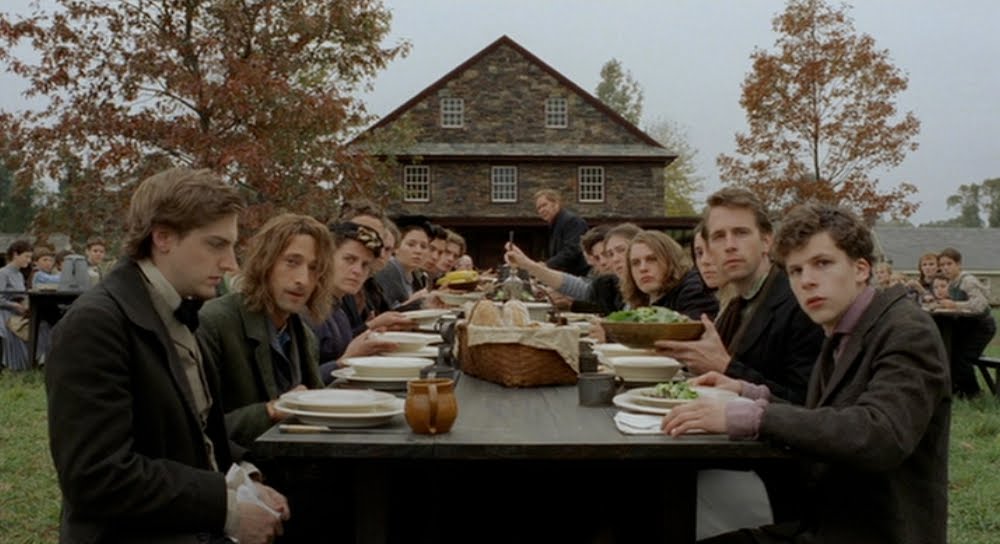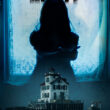As we celebrate the 20th anniversary of this enigmatic film, we revisit its creation, reception, and lasting influence on the thriller genre and popular culture.
Released in 2004, The Village was M. Night Shyamalan’s follow-up to his critically acclaimed hits The Sixth Sense and Signs. Set in a 19th-century village surrounded by mysterious woods inhabited by fearsome creatures, the film explores themes of fear, control, and the desire for safety.
Shyamalan meticulously crafted the setting, creating an isolated world that felt timeless and eerie. “I wanted to create a story that felt like a fable,” Shyamalan explained in an interview. “A story that could exist at any time, yet deeply resonate with contemporary audiences.”
The cast, including Bryce Dallas Howard in her breakout role as the blind protagonist Ivy Walker, Joaquin Phoenix, Adrien Brody, William Hurt, and Sigourney Weaver, brought depth and nuance to the story. Howard reflected on her role, saying, “Ivy’s blindness was symbolic of the innocence and purity in a world shrouded by fear. It was a challenging and rewarding role.”
One of the most notable aspects of The Village is its atmosphere. The film’s cinematography, by Roger Deakins, uses natural light and shadow to create a sense of unease and isolation. James Newton Howard’s haunting score further enhances the film’s suspenseful mood.
Shyamalan’s storytelling is deliberate and patient, building tension through the characters’ interactions and the looming threat of the creatures in the woods. The film’s slow-burn approach allows the audience to immerse themselves in the village’s world and the characters’ fears. Joaquin Phoenix remarked, “The script’s pacing was unlike anything I’d read before. It drew you in, slowly and completely.”

Shyamalan is known for his plot twists, and The Village is no exception. The revelation that the village is a modern-day experiment in isolating its inhabitants from the outside world was both praised and criticized. Some viewers appreciated the twist for its originality and thematic depth, while others felt it undermined the film’s established premise. Shyamalan defended his choice, saying, “The twist was essential. It wasn’t just about surprise; it was about challenging perceptions and expectations.”
Critically, The Village received mixed reviews. Some praised its atmosphere, performances, and the boldness of its twist, while others found the story lacking and the twist unconvincing. Despite the polarized reception, the film has maintained a loyal fan base and continues to be a topic of discussion. Sigourney Weaver noted, “The film dared to be different, and that’s why it still resonates. It pushed boundaries and invited conversation.”
Over the past two decades, The Village has carved out a niche in popular culture. Its exploration of fear, community, and the human desire for safety has resonated with many viewers. The film’s twist has been analyzed and debated, contributing to its enduring relevance.
In terms of its impact on the thriller genre, The Village demonstrated Shyamalan’s commitment to blending psychological depth with supernatural elements. It reinforced the idea that horror and thriller films could provoke thought and discussion, rather than relying solely on scares. Adrien Brody reflected, “Working on The Village was a unique experience. It wasn’t just about frightening the audience; it was about making them think.”
As we mark the 20th anniversary of The Village, it’s an opportunity to revisit and reassess the film. While its twist may remain divisive, the film’s craftsmanship, performances, and atmospheric tension continue to stand out. The Village invites viewers to consider the lengths to which people will go to protect themselves from perceived threats and the complexities of fear and control.
Two decades after its release, The Village remains a fascinating piece of cinema. Its haunting atmosphere, thought-provoking themes, and memorable twist ensure its place in film history. As we celebrate this milestone, we are reminded of the power of storytelling and the enduring impact of M. Night Shyamalan’s vision.









